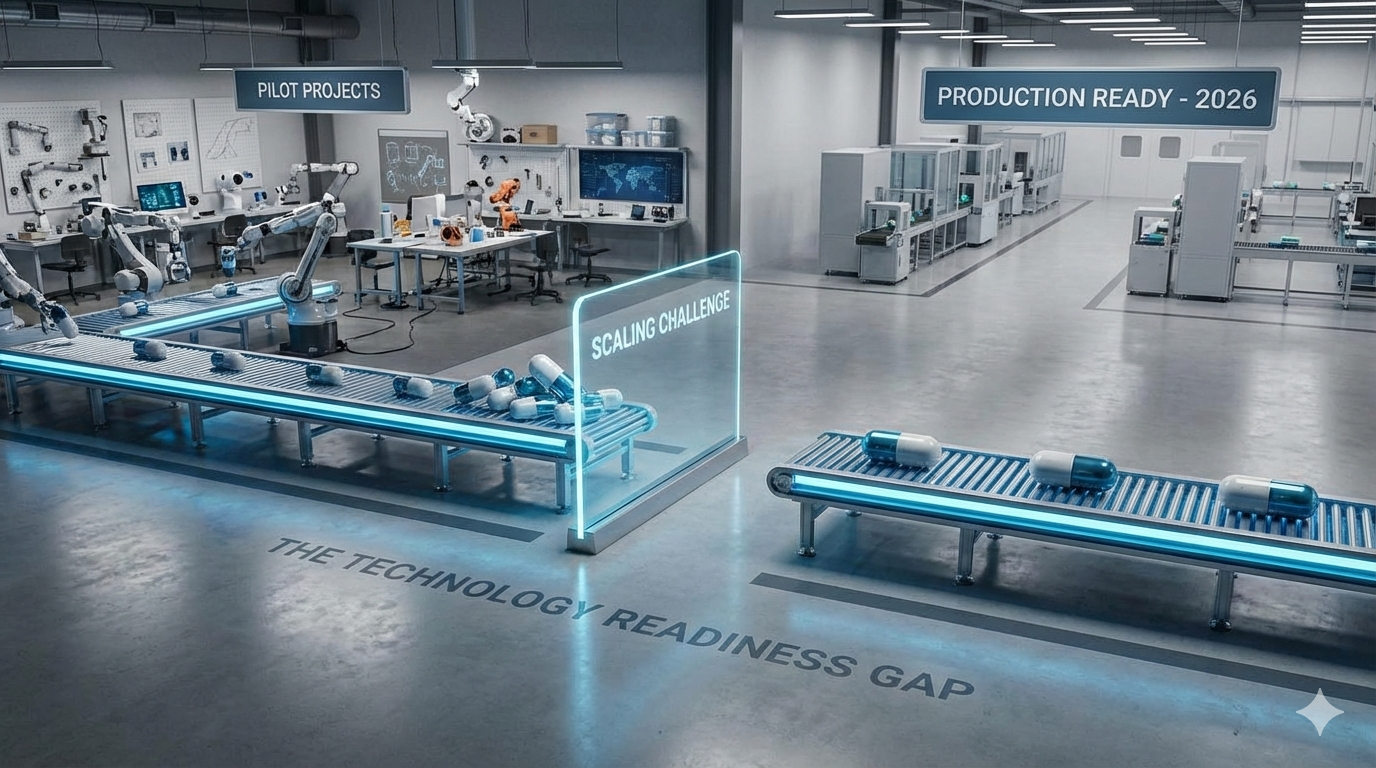The global energy landscape is undergoing a profound transformation as the world shifts towards renewable and sustainable energy sources. The oil and gas industry, a major contributor to greenhouse gas emissions, is playing a significant role in this transition. The industry is embracing new technologies and innovative practices to reduce its carbon footprint and support the transition to alternative energy. In this article, we will examine why the oil and gas industry is transitioning to alternative energy and how they are using advanced technologies to help in that transition.
The transition to alternative energy sources is driven by several factors, including environmental concerns, regulatory pressures, and economic incentives. Climate change, which is caused in part by greenhouse gas emissions from fossil fuels, has become a major concern for governments, businesses, and individuals worldwide. In response, many countries have set targets to reduce emissions and transition to cleaner energy sources.The regulatory environment has also played a crucial role in the oil and gas industry's transition to alternative energy. Governments are implementing policies and incentives to encourage the development of renewable energy and reduce the use of fossil fuels. For example, the European Union has set a target to achieve 32% of its energy consumption from renewable sources by 2030. The United States has also set a goal to reduce greenhouse gas emissions by 26% to 28% below 2005 levels by 2025.
In addition to environmental and regulatory pressures, economic incentives are also driving the transition to alternative energy. The cost of renewable energy sources, such as wind and solar, has declined significantly in recent years, making them more competitive with traditional fossil fuels. The declining cost of renewable energy has attracted investment from a range of sources, including corporations and governments, driving innovation and further reducing costs.
If you are interested in the oil and gas industry's move towards innoviation, checkout this article on the Top 10 Oil & Gas Trends & Innovations in 2023.
The oil and gas industry is using advanced technologies to support its transition to alternative energy. These technologies are helping the industry reduce emissions, improve efficiency, and create new business opportunities. In the following section, we will examine some of the most significant technologies and practices that are helping the oil and gas industry transition to alternative energy.
Learn more about the Top 20 Emerging Technologies That Could Transform Your Industry
Natural Gas: A Transition Fuel
Natural gas is considered a transition fuel in the move towards renewable energy. It releases half as much carbon dioxide as coal and 30% less than oil when burned. As a result, many oil and gas companies are investing in natural gas production and distribution. The industry is also developing new technologies to capture and store carbon dioxide, further reducing its impact on the environment.
Renewable Energy
The oil and gas industry is also exploring the use of renewable energy sources, such as wind, solar, and hydropower. These sources are becoming more cost-competitive, making them a viable alternative to traditional fossil fuels. Many oil and gas companies have already started investing in renewable energy projects and acquiring companies that specialize in these technologies.
Digital Transformation
The use of advanced technologies, such as digital twins and artificial intelligence, is playing a crucial role in the industry's transition to alternative energy. Digital twins are virtual representations of physical assets, such as pipelines and production platforms. They can be used to simulate and optimize operations, reducing downtime and emissions. Artificial intelligence is also being used to improve the efficiency and safety of operations. For example, machine learning algorithms can be used to predict equipment failures, reducing downtime and maintenance costs.
Data Analytics
The oil and gas industry is using data analytics to better understand energy consumption patterns and make informed decisions about investments in renewable energy. By analyzing large amounts of data, companies can identify areas where they can reduce energy consumption and improve efficiency. They can also use data to optimize their supply chains
and reduce emissions. For example, companies can use predictive analytics to determine the most efficient transportation routes for their products, reducing emissions from transportation.
If you are interested in emissions reduction, you may also be interested in our discussion around scope 3 emissions accountability.
Carbon Capture and Storage
Carbon capture and storage (CCS) is a technology that captures carbon dioxide emissions from industrial processes, such as power generation and refining, and stores it underground. CCS can significantly reduce emissions from the oil and gas industry and provide a source of carbon dioxide for use in enhanced oil recovery. Several oil and gas companies are investing in CCS technology, and several pilot projects have already been implemented.
Conclusion
The oil and gas industry is undergoing a significant transition as it embraces alternative energy and advanced technologies. The industry is driven by environmental, regulatory, and economic factors, and is using a range of technologies and practices to support the transition. These include natural gas as a transition fuel, renewable energy, digital transformation, data analytics, and carbon capture and storage. The industry is also exploring new business opportunities in the rapidly growing alternative energy sector. The oil and gas industry's transition to alternative energy is a positive step towards a more sustainable and environmentally responsible future.
How can Traction Technology help?
Traction Technology is a ground-breaking platform engineered expressly to eliminate internal innovation silos, thereby enabling enterprises to seamlessly collaborate and align their business needs with promising technologies. By providing dynamic features that promote collaboration and innovation, they aim to accelerate digital transformation in the enterprise.
Here's how Traction Technology can help:
.png)
Discovery of Relevant Startups: Traction Technology helps established companies discover relevant advanced technologies aligned with their strategic goals and innovation areas. It curates startups based on different industries, technology trends, and areas of business interest, making it easier to find potential partners or investment opportunities and share this information across the enterprise.
Collaboration and Engagement Tools: Traction Technology offers tools that help manage the engagement process with startups. It provides a structured approach to evaluating, tracking, and managing interactions with multiple startups across multiple project and pilots, improving efficiency and collaboration.
Data-Driven Insights: The platform provides data-driven insights to help make informed decisions. This includes information on startup funding, growth indicators, customers and competitors, which can help in assessing potential startup partnerships.
Innovation Pipeline Management: Traction Technology aids in managing the innovation pipeline. It helps companies capture ideas and request and track innovation projects, monitor progress, and measure results in real time, promoting a culture of continuous innovation.
Track KPIs and Generate Custom Reports: Effortlessly track Key Performance Indicators (KPIs) with real time dashboards and generate custom reports tailored to your organization's unique requirements. Stay
.png)
ahead of the curve by monitoring projects progress and engagement.
By leveraging a platform like Traction Technology, established companies can gain a competitive edge, driving their digital transformation journey and adapting to the fast-paced business environment. It supports the integration of startup agility, innovation, and customer-centric approach into their operations, which is critical for success in the digital age.
About Traction Technology
We built Traction Technology to meet the needs of the most demanding customers, empowering individuals and teams to accelerate and help automate the discovery and evaluation of emerging technologies. Traction Technology speeds up the time to innovation at large enterprises, saving valuable time and money by accelerating revenue-producing digital transformation projects and reducing the strain on internal resources, while significantly mitigating the risk inherent in working with early-stage technologies.
Let us share some case studies and see if there is a fit based on your needs.
Traction Report Update: 23 ways AI could transform your business in 2023.
For more information
● Explore our software and research services.
● Download our brochure: How to Evaluate Enterprise Startups.
● Watch a demo of our innovation management platform and start your free trial.








.webp)